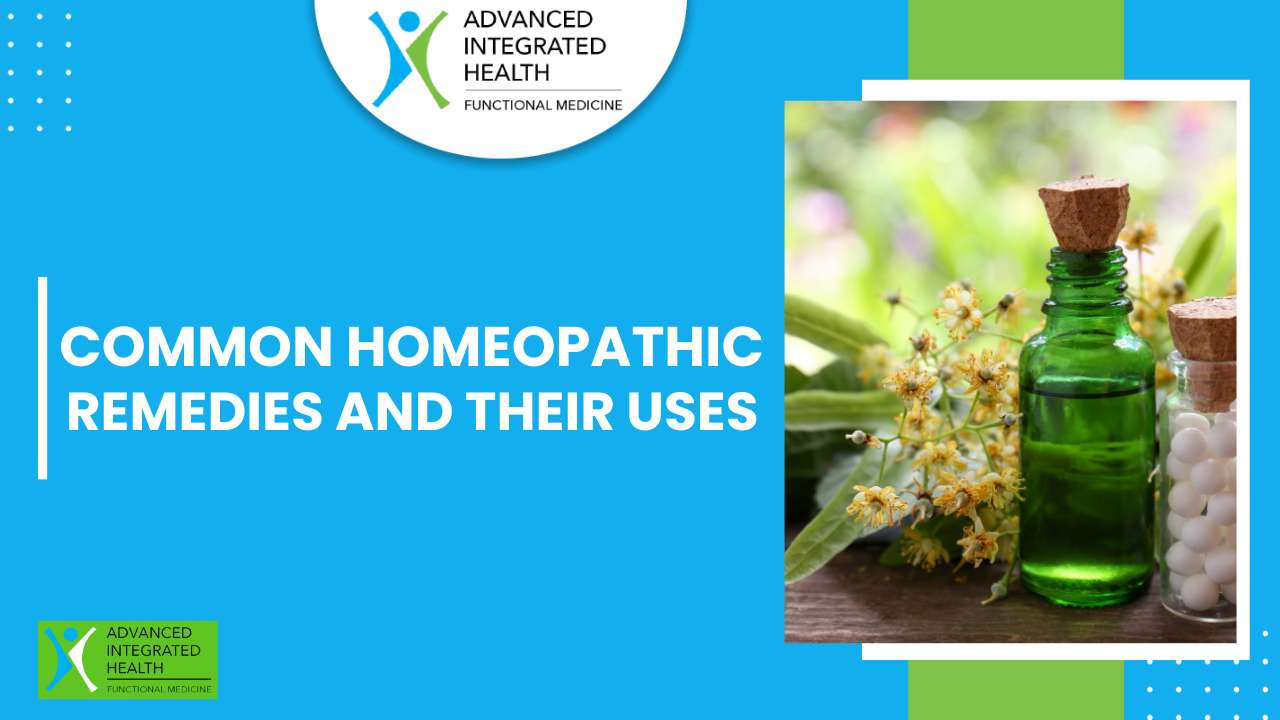Homeopathy, a system of alternative medicine developed in the late 18th century by the German Physician, Dr. Samuel Hahnemann, is based on the principle of “like cures like”. It involves treating the individual with highly diluted substances, primarily in tablet form, to trigger the body’s natural system of healing. The remedies are prepared through a process of dilution and succussion (vigorous shaking). Homeopathic remedies are often sought for their minimal side effects.
Homeopathic remedies offer an alternative to conventional medicines, focusing on stimulating the body’s innate healing capacity. Each remedy is suited for specific symptoms and conditions. While these remedies can be effective, it is important to consult with a healthcare professional, especially for serious or chronic conditions.
It’s important to note that despite their popularity, homeopathic remedies are often met with skepticism in the medical community. Critics argue that the high dilution of these remedies leaves no trace of the original substance, questioning their efficacy beyond a placebo effect. Proponents, however, argue that the process of dilution and succussion imparts a unique effectiveness to these remedies.
Despite controversies around its efficacy, homeopathy remains tremendously popular worldwide. In this blog, we’ll explore some common homeopathic remedies and their traditional uses. Here’s an overview of some common homeopathic remedies and the conditions they are typically used for –
1. Arnica Montana: Trauma, Bruising and Post-Surgical Recovery
Uses: Arnica Montana is perhaps the most well-known homeopathic remedy. It is commonly used for physical trauma, shock, bruising, soreness, and post-surgical recovery. This remedy is often the first choice for accidents, injuries, and any physical trauma.
Conditions: Muscle Aches, Bruising, Dental Work, Surgical Recovery, Sprains.
2. Belladonna: Fever, Inflammation and Pain
Uses: Belladonna is often employed in cases of acute fever, inflammation, and pain, especially when the onset is sudden and intense. It is also used for conditions with redness, heat, and throbbing pain.
Conditions: High fever, Sunstroke, Headaches, Earaches, Menstrual Cramps.
3. Nux Vomica: Hangovers, Digestive Complaints and General Overconsumption
Uses: Known as the hangover remedy, Nux Vomica is used for digestive complaints, nausea, and symptoms resulting from overindulgence in food or alcohol. It also helps with sleeplessness and irritability.
Conditions: Indigestion, Nausea, Constipation, Hangovers, Stress.
4. Aconitum Napellus: Effective for Colds, Fever and Inflammation
Uses: This remedy is used for sudden onset of symptoms, particularly those that arise from cold weather or a shock. It is effective for colds, fevers, and inflammation.
Conditions: Colds, Fevers, Inflammation, Anxiety, Panic Attacks.
5. Chamomilla: Colic, Teething and Irritability
Uses: Chamomilla is known for its use in treating teething pain in infants. It is also useful for earache, colic, and irritability, particularly when pain appears to be the cause.
Conditions: Teething, Earache, Colic, Menstrual Cramps, Irritability.
6. Pulsatilla: Gentle, Emotional and Clingy Individuals
Uses: This remedy is often suitable for gentle, emotional, and clingy individuals. It is used for conditions that have changing, shifting symptoms – like colds with a thick, yellow discharge, and digestive issues.
Conditions: Colds, Indigestion, Menstrual Discomfort, Emotional Upset.
7. Sulphur: Itchiness
Uses: Sulphur is often used for skin conditions, particularly those that are itchy, red, and inflamed. It’s also useful in chronic conditions that have a relapsing and remitting course.
Conditions: Eczema, Acne, Psoriasis, Recurrent Infections.
8. Calcarea: Sluggish, Tired and Children Growth
Uses: This remedy is often chosen for individuals who are sluggish, tired, and easily fatigued. It is also used for bone health, especially in children during growth spurts.
Conditions: Fatigue, Bone and Teeth Health, and Growth Issues in Children.
9. Rhus Toxicindendron: Joint Pain and Skin Rashes
Uses: Rhus Tox is a top remedy for arthritis and joint pain, particularly when pain is worse on initial movement but improves with continued movement. It is also used for skin rashes like poison ivy.
Conditions: Arthritis, Back pain, Sprains, Skin Rashes.
10. Apis Mellifica: Swelling, Redness and Stinging Pain
Uses: Apis Mellifica is known for treating conditions with swelling, redness, and stinging pain, much like a bee sting. It is used for insect bites, hives, and allergic reactions.
Conditions: Insect Bites, Hives, Allergies, Edema.
11. Ignatia Amara: Grief, Anxiety and Depression
Uses: Ignatia is often used for emotional distress, particularly grief or loss. It helps with symptoms like nervousness, insomnia, and headaches brought on by emotional upsets.
Conditions: Grief, Emotional Shock, Nervousness, Insomnia.
12. Silicea: For Weak Nails, Skin and Hair
Uses: Also known as Silica, this remedy is used for chronic conditions, especially those affecting the skin, nails, and hair. It is also helpful in boosting the body’s elimination processes.
Conditions: Weak Nails, Skin Conditions, Slow Healing Wounds.
Conclusion
Homeopathy offers a unique and natural path to healing, addressing a wide range of conditions from acute injuries to chronic ailments. By understanding the key remedies and their uses, individuals can harness the gentle power of homeopathy to maintain health and well-being. For those interested in exploring homeopathy, it is advisable to consult with a qualified homeopath who can provide personalized recommendations based on one’s specific symptoms and overall health condition.

Dr. Bob was born and raised in Florham Park, New Jersey.
He loved the philosophy of vitalism, which teaches about the incredible, innate intelligence of our bodies and its power to self-heal when given the opportunity.





